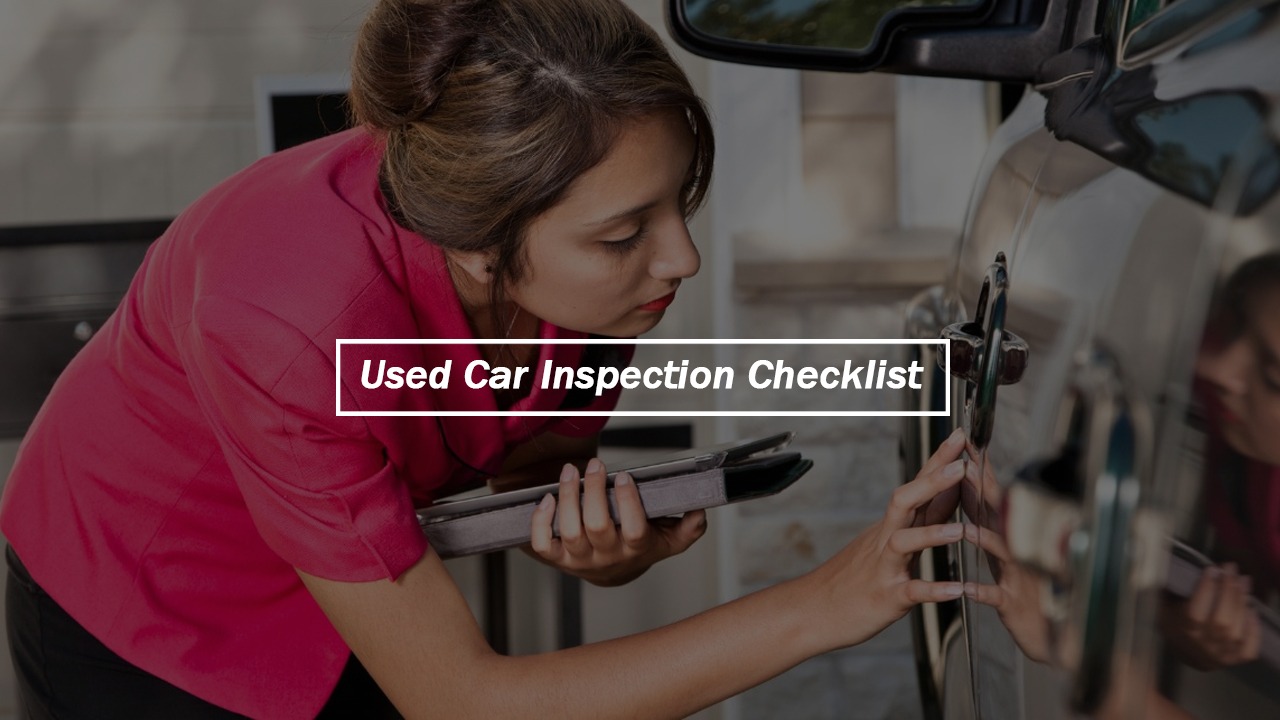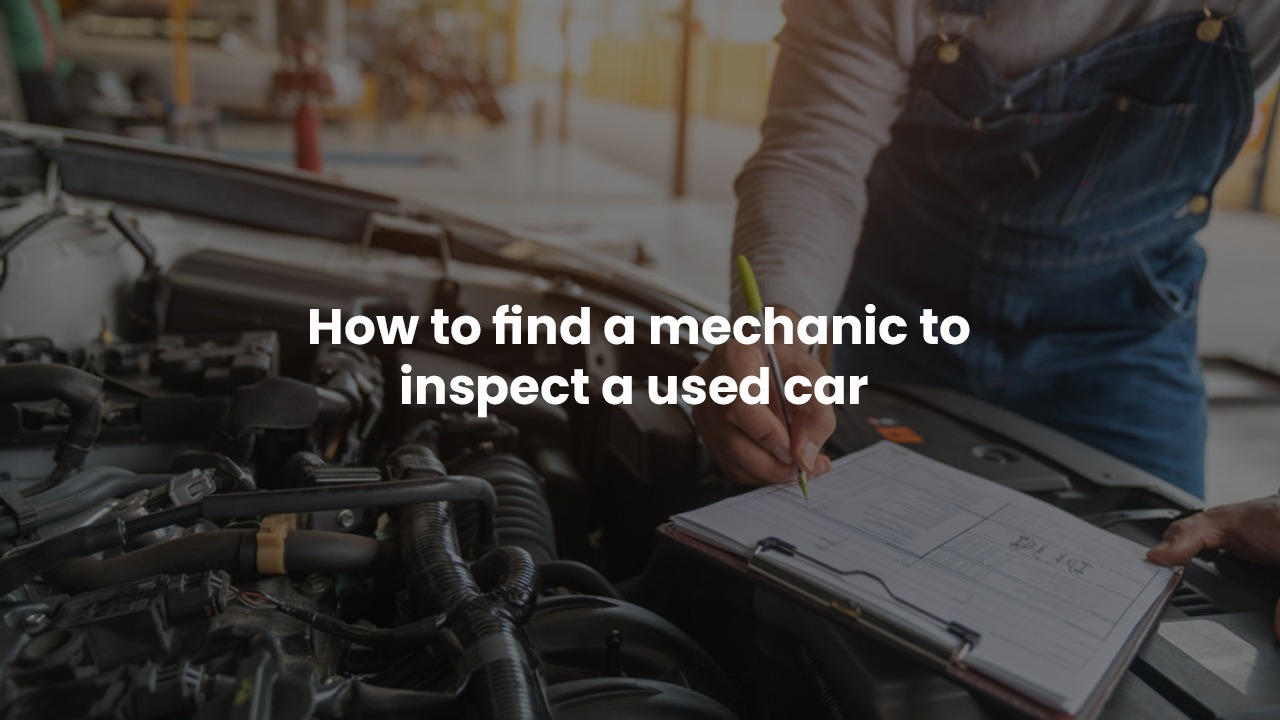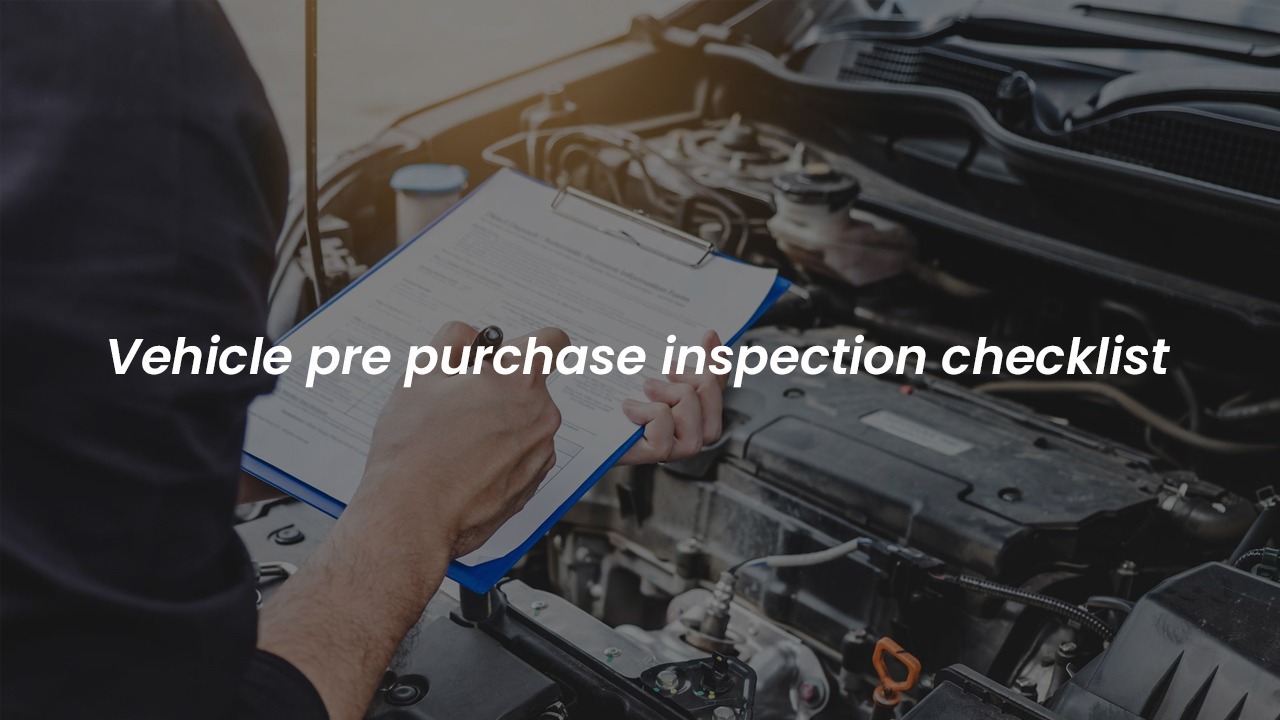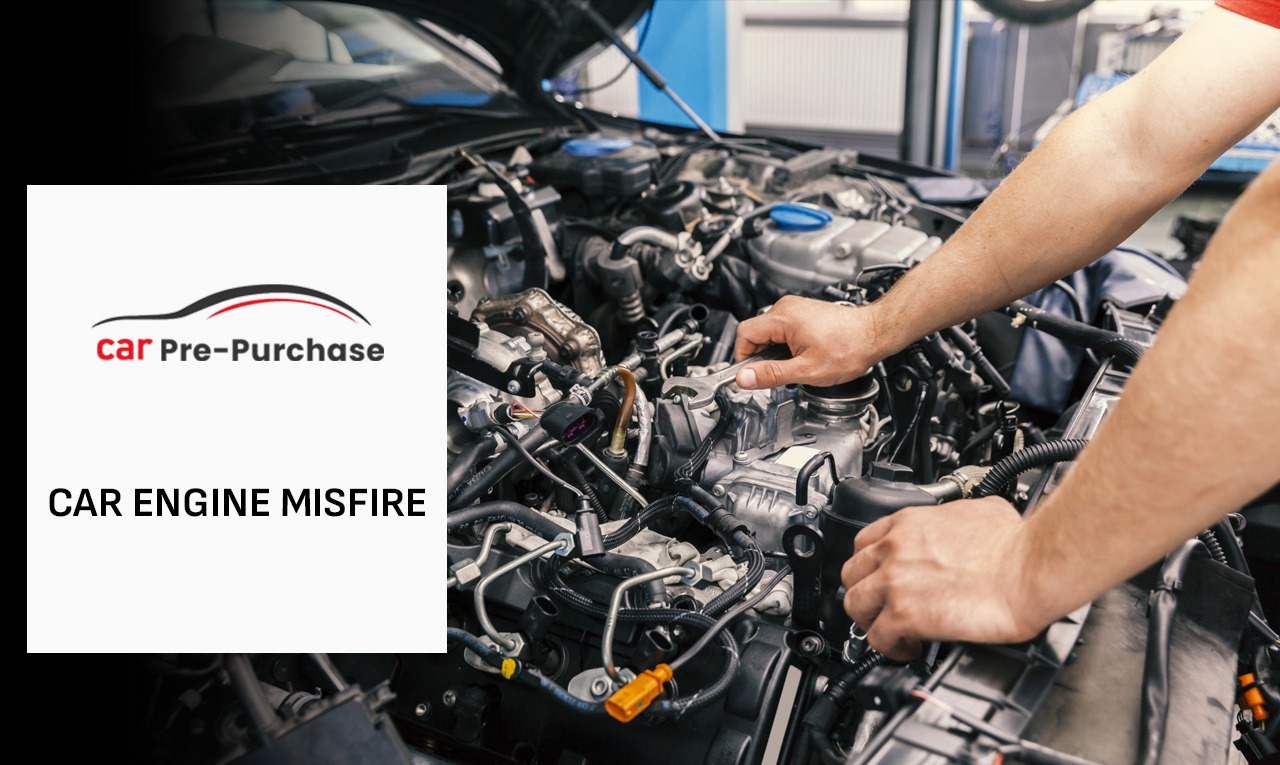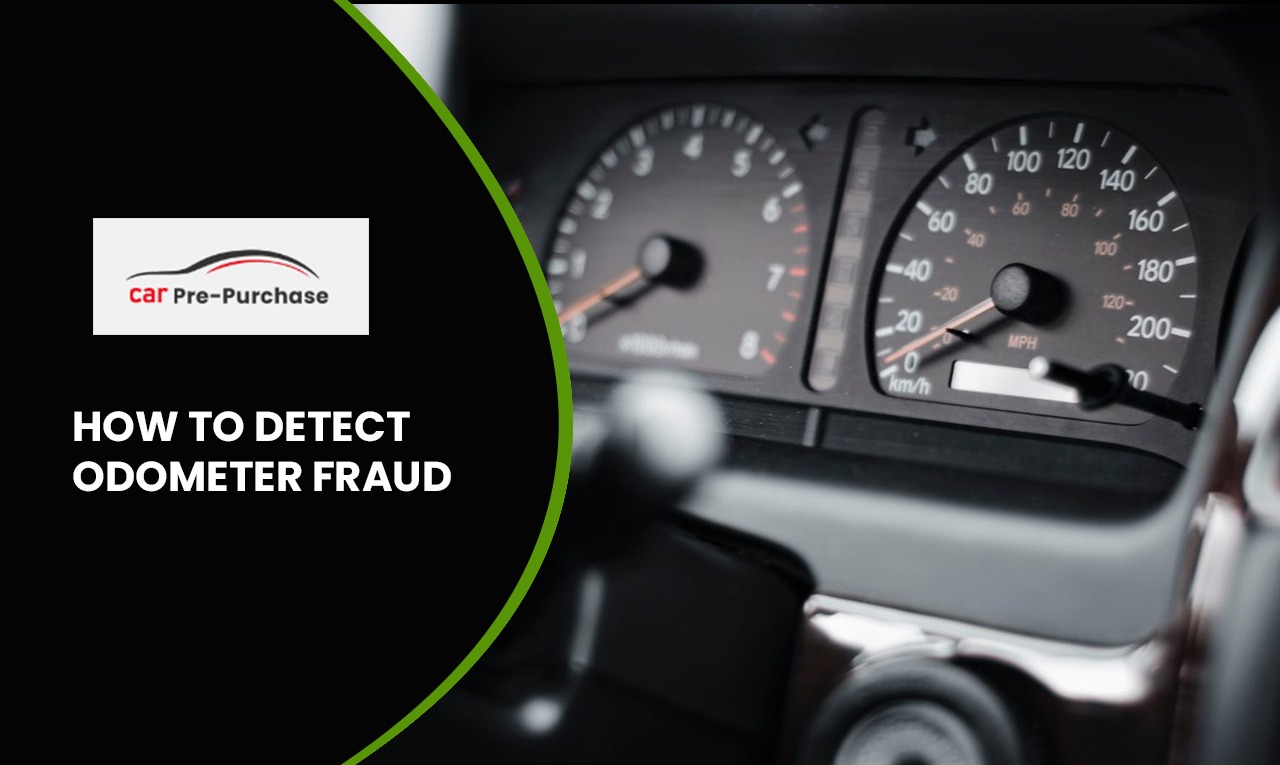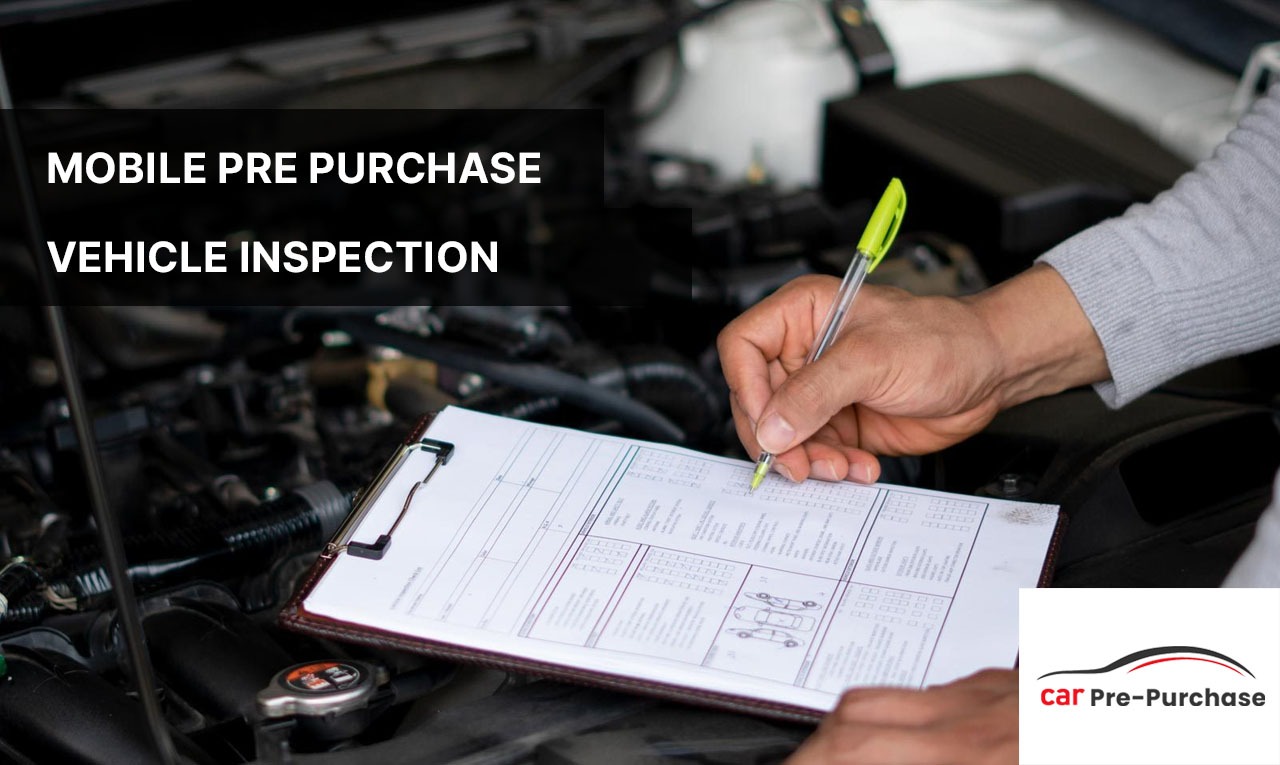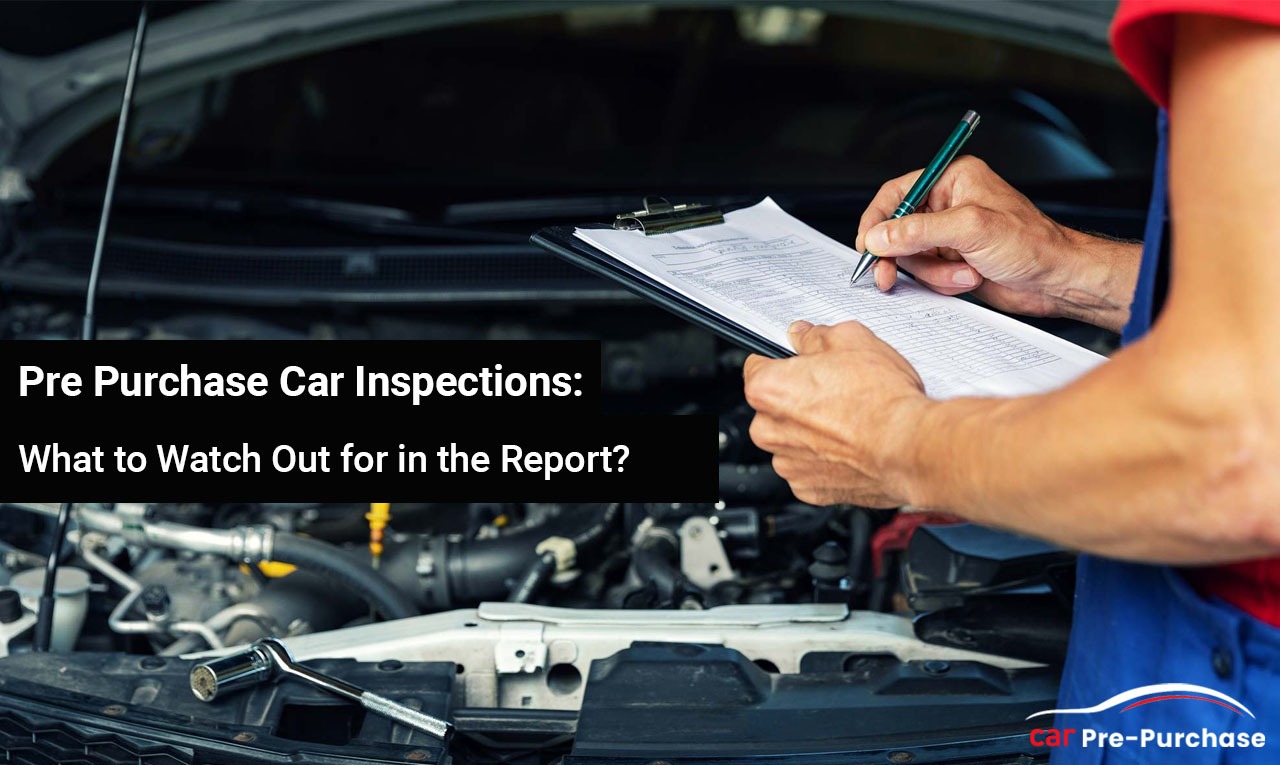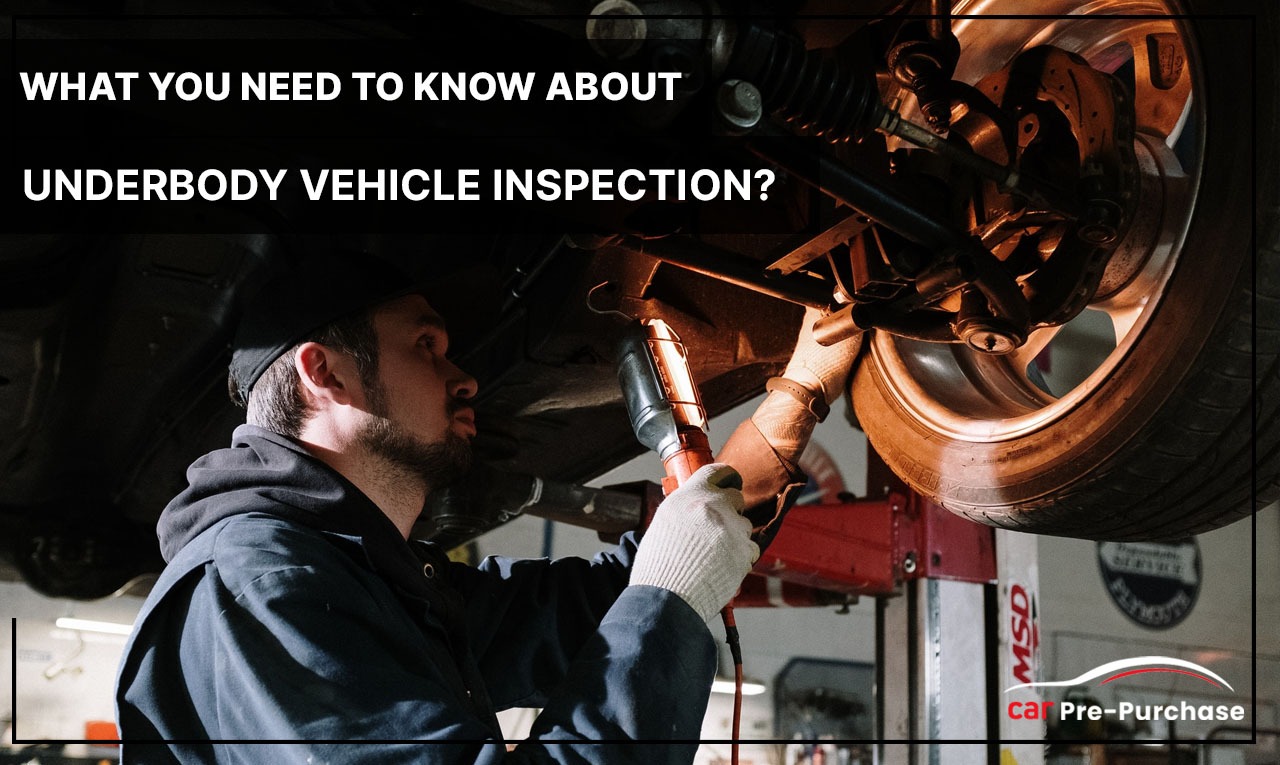
INTRODUCTION:
When purchasing a used car, it's crucial to conduct a thorough inspection to ensure its reliability and condition. One essential aspect of this inspection is the fluids to check in a car. But first, you need to know what are all the fluids to check in a car and how to check transmission fluids in a car. Fluid levels play a significant role in the proper functioning of a car's systems, and neglecting them can lead to serious mechanical issues. In this blog,
Car Pre Purchase provides valuable insights into the six common fluids to check in a car, along with practical tips on how to perform the inspection. By understanding the importance of fluid maintenance and learning how to check them, you can make an informed decision during your pre-purchase car inspection in Sydney. Find out what are all the fluids to check in a car and more from here.
I. Why Checking Fluids in a Car is Important?
Before knowing what are all the fluids to check in a car and how to check transmission fluids in a car. You should know, regularly checking the fluids in a car is essential for several reasons:
- Optimal Performance: Proper fluid levels ensure that the car's systems, such as the engine, transmission, and brakes, operate smoothly and efficiently.
- Preventive Maintenance: Identifying low or contaminated fluids early can help prevent costly repairs and potential breakdowns.
- Safety: Adequate brake fluid, power steering fluid, and coolant levels contribute to safe driving conditions and prevent accidents.
II. What are all the fluids to check in a car Answered
Long time you might have wondered, what fluids need to be checked in a car or what fluid levels to check in a car, well here comes the list for you including all the answers.
- Engine Oil: Engine oil lubricates and cools the engine. Check the oil level using the dipstick and ensure it falls within the recommended range.
- Transmission Fluid: Transmission fluid enables smooth gear shifting. Follow the manufacturer's instructions to check the transmission fluid level accurately.
- Coolant: Coolant regulates the engine's temperature. Inspect the coolant reservoir and ensure it is at the proper level.
- Brake Fluid: Brake fluid enables effective braking. Check the brake fluid level in the designated reservoir and ensure it meets the recommended level.
- Power Steering Fluid: Power steering fluid assists in easy steering. Locate the power steering fluid reservoir and check the level as per the manufacturer's guidelines.
- Windshield Washer Fluid: Windshield washer fluid keeps the windshield clean for clear visibility. Ensure the washer fluid reservoir is filled adequately.
III. How to Check Transmission Fluid in a Car?
Once you know what are all the fluids to check in a car, you would definitely know about the transmission fluid. Knowing how to check transmission fluid in a car requires a slightly different process. Here's a general guide:
- Park the car on level ground and engage the parking brake.
- Locate the transmission dipstick under the hood. Refer to the owner's manual if unsure about its location.
- Start the engine and let it idle for a few minutes to warm up the transmission.
- With the engine still running, remove the dipstick, wipe it clean, and reinsert it fully.
- Pull out the dipstick again and check the fluid level. It should fall within the designated range indicated on the dipstick.
- If the fluid level is low, add the recommended transmission fluid slowly, using a funnel, and recheck the level.
IV. Pre-Purchase Car Inspection in Sydney
During a Pre Purchase Car Inspection Sydney, professionals thoroughly assess a used car's condition. The inspection typically covers various aspects, including fluid checks. Here's what to look for during a pre-purchase car inspection:
- Fluid Levels: Ensure that all fluid levels are adequate and within the recommended range.
- Fluid Quality: Assess the condition of the fluids, such as checking for discolouration, contaminants, or unusual smells, which could indicate potential issues.
- Leaks: Inspect the engine bay and underneath the car for any signs of fluid leaks, such as puddles or stains.
- Maintenance Records: Request the vehicle's maintenance records to determine if regular fluid changes and servicing have been conducted.
CONCLUSION:
Regularly checking the fluids in a car is crucial for its optimal performance, reliability, and safety. During a pre-purchase car inspection, understanding the importance of fluid maintenance and knowing how to check transmission fluid in a car? can greatly empower you in making a well-informed decision when purchasing a used car.
To ensure a comprehensive inspection, it is essential to know what fluids need to be checked in a car. The six common fluids that should be examined include engine oil, transmission fluid, coolant, brake fluid, power steering fluid, and windshield washer fluid. These fluids play vital roles in the proper functioning of various systems within the vehicle.When it comes to checking the transmission fluid in a car, it requires a specific process. You need to park the car on level ground, locate the transmission dipstick, warm up the engine, and check the fluid level within the designated range on the dipstick. We hope this blog helped you to thoroughly understand what are all the fluids to check in a car.
During a pre-purchase car inspection, the fluid levels and quality are crucial aspects to evaluate. It is important to ensure that all fluid levels are adequate and within the recommended range. Additionally, assessing the condition of the fluids, and checking for discolouration, contaminants, or unusual smells can provide valuable insights into the car's maintenance history and potential issues.By choosing a reputable provider like Car Pre Purchase for your pre purchase car inspection, you can have peace of mind knowing that fluid checks and other critical aspects will be thoroughly assessed. Their professional expertise and comprehensive inspection process will help you make an informed decision and invest in a reliable and well-maintained vehicle.




